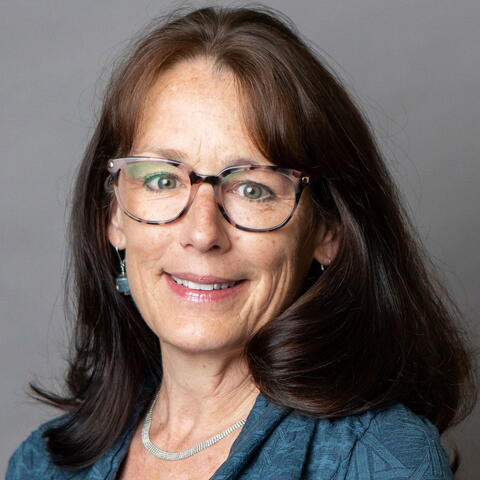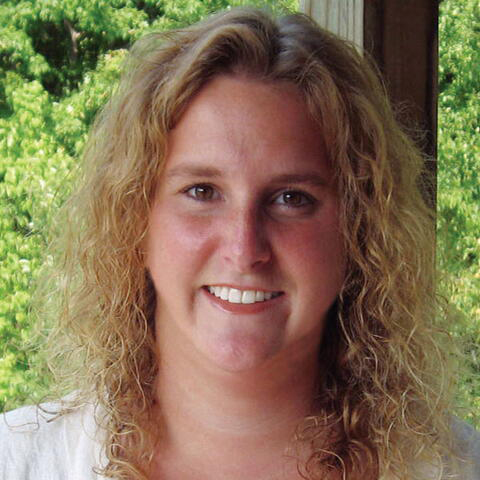
“The things that go into the almanac as stories don’t appear anywhere else. They are what we believe really resonate in print and also are a mini archive of the year.” — Carol Connare, editor-in-chief, “Old Farmer’s Almanac.”

How do you keep a vintage brand fresh? The editors of the “The Old Farmer’s Almanac” face that challenge every year as they gather material for an annual publication that is nearly as old as our nation.
The 2025 edition — No. 233 — was published in August. That’s ancient history for Carol Connare and Sarah Perreault, editor-in-chief and managing editor, respectively, for the almanac, which was founded in 1792. The OFA staff have long been spending their days in 2026 and 2027.
In the months following the publication of each edition, Connare, Perreault and their colleagues field interviews from journalists around the U.S. and beyond about the almanac, including weather predictions for various locales.
Connare and Perreault recently were guests on NHBR’s “Down to Business Podcast.” (“NH Business Review” and “The Old Farmer’s Almanac are both owned by Yankee Publishing Inc.) This interview was adapted from the podcast.
Q. Tell us about the history of “The Old Farmer’s Almanac.”
Perreault: We are the oldest continuously published periodical in North America.
When the fall rolls around, people see it pop up in the store, and it’s like an old friend. And they grab it and bring it home. Though it’s very different from 233 years ago, it still has the same witticisms and helpful hints and advice that they are looking for but for today’s age.
Connare: Our success story is a blend of the old and the new. An almanac by its definition is a calendar. George Washington was president the second time around when we started out under (founding editor) Robert B. Thomas. You might have the Bible and you might have this, and that might be what you have for your reading matter for the year. Maybe if you were somewhere where there were people there would be a newspaper or some kind of broadsheet.
What did we need at that time and what do we still need today? Back then we depended on our crops. Every other person was really a farmer and grew food for themselves and others. That’s not that long ago, and we see a real desire to return to some of those basic principles of earth tending. I think that’s why we’re ever popular.
We’re looking at data that shows that people buy their almanac typically in the fall. And then the biggest time that they read it is in March when they’re going to put stuff in the ground.
Q. What is your process for collecting data for the next year’s book?
Connare: That’s a forever process. We do books and calendars and almanac.com is a heavily trafficked website. When we’re thinking about stories, we’re really thinking across all of those products. The things that go into the almanac as stories don’t appear anywhere else. They are what we believe really resonate in print and also are a mini archive of the year. A lot of people really hang on to them or look back at them. We often get requests, even from people who are annual users who would say, “I lost my five years ago one. Can you just tell me what you said the weather was on that Tuesday in October?” You could also go to NOAA and get that information, but people come to us.
Perreault: People are nicer!
Connare: If we know that people are continually picking it up throughout the year, what kinds of stories? We have topic areas. Where do you see folklore as a topic area? Weather phenomena as a topic area. Night sky watching, farming, husbandry, amusements, food, astrology.
Perreault: Frankly, just in our everyday lives … Carol brought in pawpaws today and left them on the table. We’re all drooling and fawning over those things. They’re the most delicious fruit I’ve ever had. And we’re like, “Yeah, we gotta do a pawpaw story.” You can’t even just do normal things without it becoming, “Oh, we should do a story about this.’’
Q. Tell me about how the weather plays into getting the word out about the new issue.
Perreault: I just talked to Chicago yesterday. (Carol), you just talked to Saskatoon. Everybody comes to us because I think they know they can trust us and that we’ve got our 80% accuracy.
We have a lot of outlets that we talk to from year to year, and then we have new people that maybe don’t know what “The Old Farmer’s Almanac” is, and then they get in touch so we can explain it to them that way. Weather affects everybody. It’s of interest to the whole country and Canada as well. I know that’s not going away. Other than gardening, that’s our most well-known topic.
When someone finds out where I work, the first question they ask is: “Oh, what’s the weather going to be?”
Q. Snowfall in New Hampshire this year, what are we going to see?
Connare: Not much.
Perreault: It’s supposed to be dry, which doesn’t mean no snow.
Connare: Have you seen the wooly (bear) caterpillars? They are all brown with two little bitty ends of black. The more brown, the milder the winter.
And that’s what we have called for, so I was glad to see my furry little friends confirming our forecast.